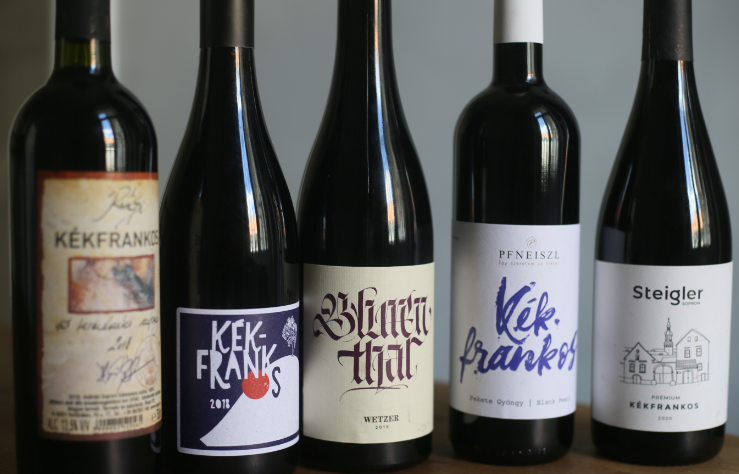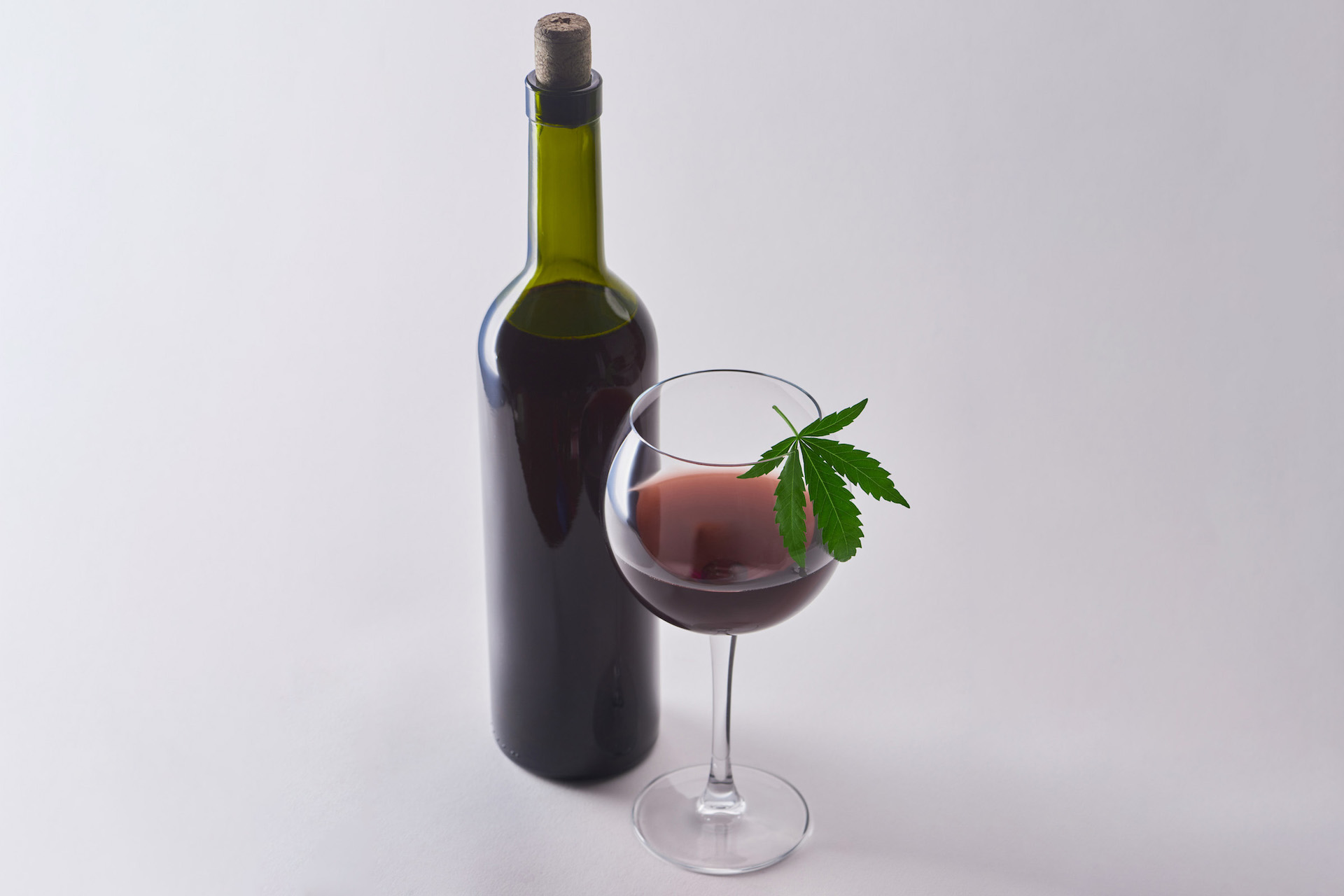In the heart of Central Europe lies Hungary, a country renowned not only for its rich history and stunning landscapes but also for its remarkable wine culture. Hungarian wines have been gaining international recognition, thanks to their unique flavors, diverse varieties, and centuries-old winemaking traditions. Among the many wines that grace the Hungarian vineyards, a few stand out as true treasures. Hence, capturing the essence of the region’s terroir and craftsmanship. Lets explore the richness of Hungarian Wines.
Tokaji: The Jewel of Hungarian Wines
Treasure from the Vineyards
To begin with, at the pinnacle of Hungary’s wine fame is Tokaji, a sweet wine that has been hailed as the “Wine of Kings, King of Wines.” This nectar-like elixir traces its origins back to the 17th century and holds the distinction of being one of the world’s first classified wine regions. The Tokaji wine region, located in the northeastern part of Hungary, boasts a microclimate conducive to the development of Botrytis cinerea, or “noble rot,” a crucial factor in the creation of the wine’s distinct flavors.
Elixir of Complexity
Tokaji wines are celebrated for their rich, honeyed flavors balanced by a lively acidity that prevents them from becoming cloying. The unique method of production involves the careful selection of individually hand-picked botrytized grapes, which are then blended with base wines. The resulting concoction is an elixir of complexity, featuring a spectrum of flavors from dried fruits and marmalade to floral and mineral notes. Tokaji wines rate sweetness levels through numbers, 3 to 6 puttonyos, with higher values indicating increased sweetness.
Eger Bull’s Blood: Strength and Tradition
A Historical Symbol
Venturing into the Eger wine region, another gem awaits: Egri Bikavér, commonly known as Bull’s Blood. Legend has it that the name originates from a story of Hungarian defenders drinking red wine to boost their strength during a siege. Moreover, this robust red blend has a deep-rooted history and is symbolic of the Hungarian spirit and resilience.
Blend of Tradition
Egri Bikavér is a blend of several red grape varieties, including Kékfrankos, Kadarka, and international varieties such as Cabernet Sauvignon and Merlot. This intricate combination results in a wine that boasts a harmonious balance of fruity, spicy, and earthy notes. Therefore, the wine can range from medium- to full-bodied, and its versatility makes it an excellent companion for a variety of dishes, from hearty stews to grilled meats.
Villány: Hungary’s Red Wine Haven
The Rise of Villány
In recent years, the Villány wine region has been steadily gaining recognition for its exceptional red wines. Situated in the southern part of Hungary, Villány benefits from a Mediterranean climate and rich soils. Therefore, making it an ideal terroir for red grape varieties. The region’s commitment to quality winemaking has placed it firmly on the international wine map.

Flagship Grape
Lastly, one of the highlights of the Villány region is the prominence of the Bordeaux grape variety, Cabernet Franc. Often referred to as the “Villányi Franc,” this grape thrives in the region’s climate, resulting in wines that exhibit intense fruit flavors, well-structured tannins, and a characteristic herbaceousness. These wines capture the essence of the Villány terroir and have gained acclaim for their elegance and aging potential.
Conclusion
In conclusion, Hungarian wines, a blend of tradition and innovation, continue to captivate wine enthusiasts worldwide. The country’s rich winemaking heritage, coupled with its diverse climate and terroirs, has given rise to a remarkable range of wines that are both unique and exceptional in flavor. Whether indulging in the luscious sweetness of Tokaji, savoring the strength of Egri Bikavér, or delighting in the red wonders of Villány, exploring Hungarian wines is a journey into a world of unparalleled taste experiences. As these wines continue to gain prominence, they stand as a testament to Hungary’s contribution to the global wine tapestry.




